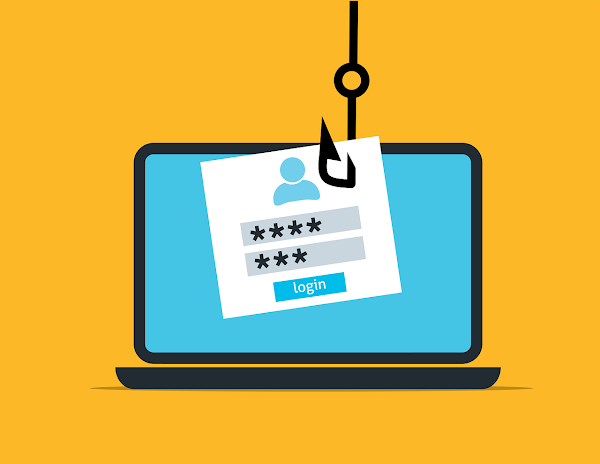Over the past year, OpenAI has successfully disrupted over 20 operations by foreign actors attempting to misuse its AI technologies, such as ChatGPT, to influence global...
AI technology
ChatGPT
ChatGPT. OpenAI
Cyber Attacks
Cyber Criminals
Fake Accounts
Open AI
Social Media


























